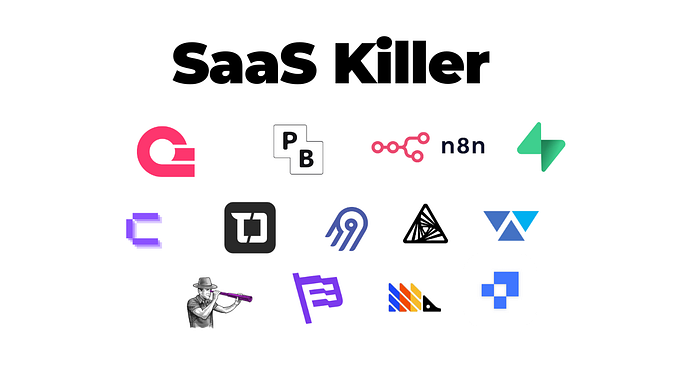TEA Project Monthly Report — June 1, 2022

OIG Joins TEA’s Latest Funding Round

We’re happy to announce the inclusion of Oracles Investment Group (OIG) in our latest post-seed funding round. Besides funding, OIG will help the TEA Project’s marketing efforts through its in-house marketing department. This includes access to their large network of KOLs as well as broadcasting out to their social media accounts. More information about what their inclusion in the round means for the TEA Project can be found in our latest fundraising announcement.
OIG Joins TEA Project’s Post-Seed Round
A New Investor Joins the Post-Seed Round
teaproject.medium.com
Changes in TEA-Staking-to-CML Design
Our last progress report detailed how staking to CML mining nodes will change in the upcoming epoch.
- Users can stake TEA to global CML (previously known as A CML or state-machine CML) by purchasing a global staking token that’s issued on a bonding curve.
- Users can stake TEA to hosting CML (previously known as B CML) by buying into an individual user’s CML node.
Further details on the change to CML staking can be found in our last progress report:
The staking reconfiguration represents a drastic architectural change in how value accrues from the CML node back to the stakers. Up through Epoch 9, we’ve always used the metaphor of “staking slots” to signify a staker’s priority for mining rewards.

The closer a staker was to the root (slot 0), the higher percentage share of the mining rewards they would’ve received. With the new bonding curve design, it’s still beneficial to be early. Early bonding curve participants will earn relatively more dividends the earlier they are to the bonding curve’s initial tokens.

Miner Reputation
The TEA Project has at its heart the concept of trust woven into its architecture. You don’t need to trust that data won’t be corrupted or that code hasn’t been hacked, it’s built into the platform.
Our miners, on the other hand, are decentralized and free to come and go as they please. Although no miner can break into their node’s enclave and peak at code or data, they can still take their nodes offline at will as well as exhibit bad behavior (e.g. tamper with their hardware). Therefore, the TEA Project has developed some trust metrics for miners that are coming into better focus as we approach epochs 10 & 11.
Miners operating hosting CML nodes will have two validation sources in the upcoming epochs:
1. A reputation NTT that’s tied to their wallet address. This becomes a reputation badge for the miner that gives them a score based on how well they run their mining node (which includes remote attestation performance, downtime, and any bad behavior caught by peer nodes).
2. The hosting CML stake tokens will also function to validate a miner’s reputation. Since each hosting CML node will have its own staking token, a miner with stellar uptime and good behavior on the platform will have a higher chance of attracting stakers. Hosting CML stakers are in turn incentivizing miners to be reputable and engage in good behavior. This can be considered a crowdsourced reputation system, and stakers are thus performing a useful form of validation in the network.
Both of these factors, the reputation of the miner as reflected in their NTT as well as the amount staked to their hosting CML node, are both considered when the task-assignment algorithm looks for an available node to run a task on the platform.
Further Changes Heading Into Epoch 10
There will be many changes coming to the wallets users employ in the TEA Project ecosystem. The most noticeable change will be the wider variety of wallets we’ll allow as we move to deploying to more layer1s. The next wallet users can use to login to the TEA Project will be Metamask, the most popular web wallet for Web3. Part of moving to Ethereum includes leveraging its larger network effect, which includes integrating its most popular web wallet to encourage new user onboarding to the TEA Project.
We’ll also be largely deprecating the hosted web wallet (https://wallet.teaproject.org) in favor of having users directly visiting the TApp store. We’re in the initial planning stages of moving some of the wallet functions (like mining) to a separate TApp as we look to remove unnecessary interfaces from the TEA platform and consolidate around the TApp store.










